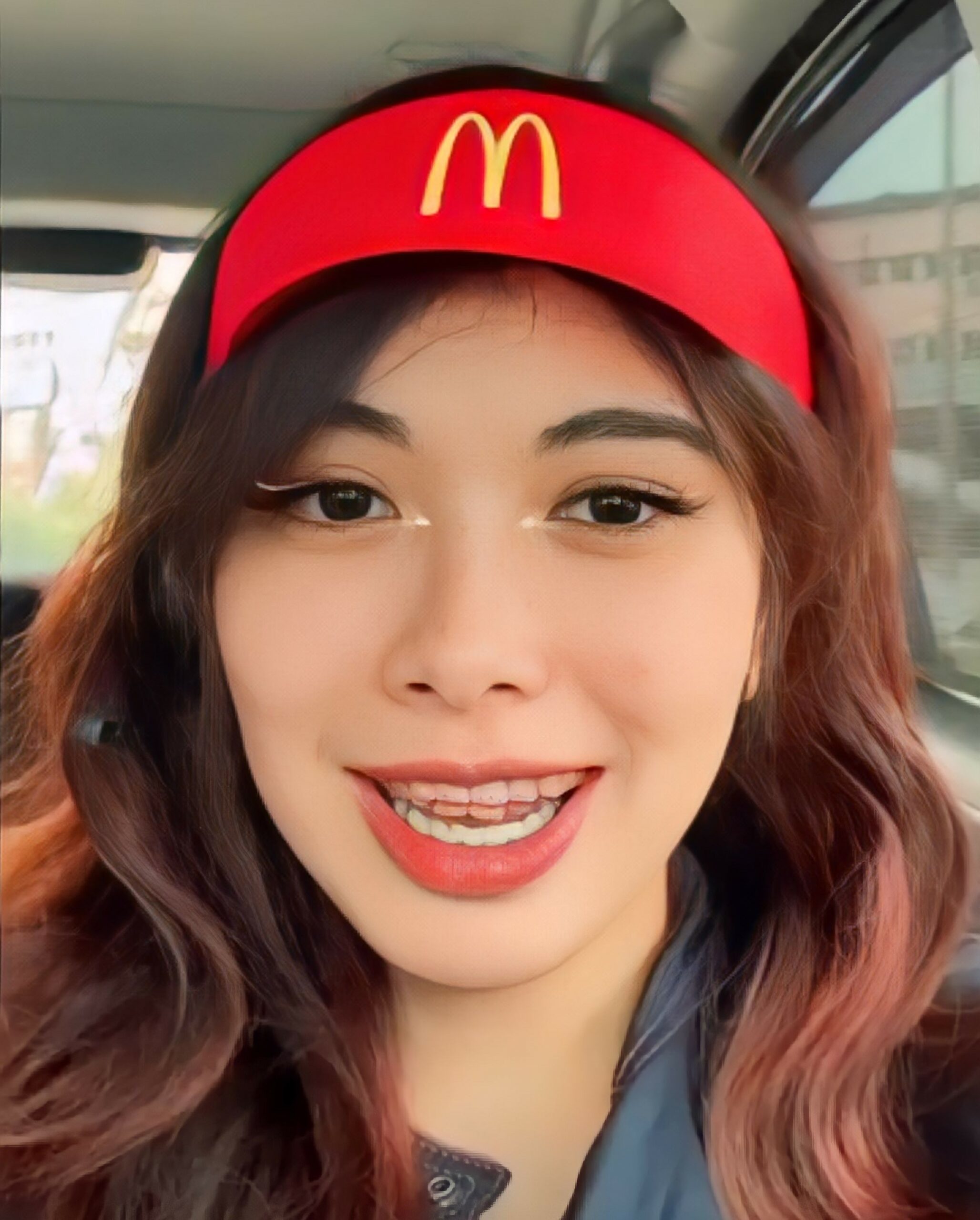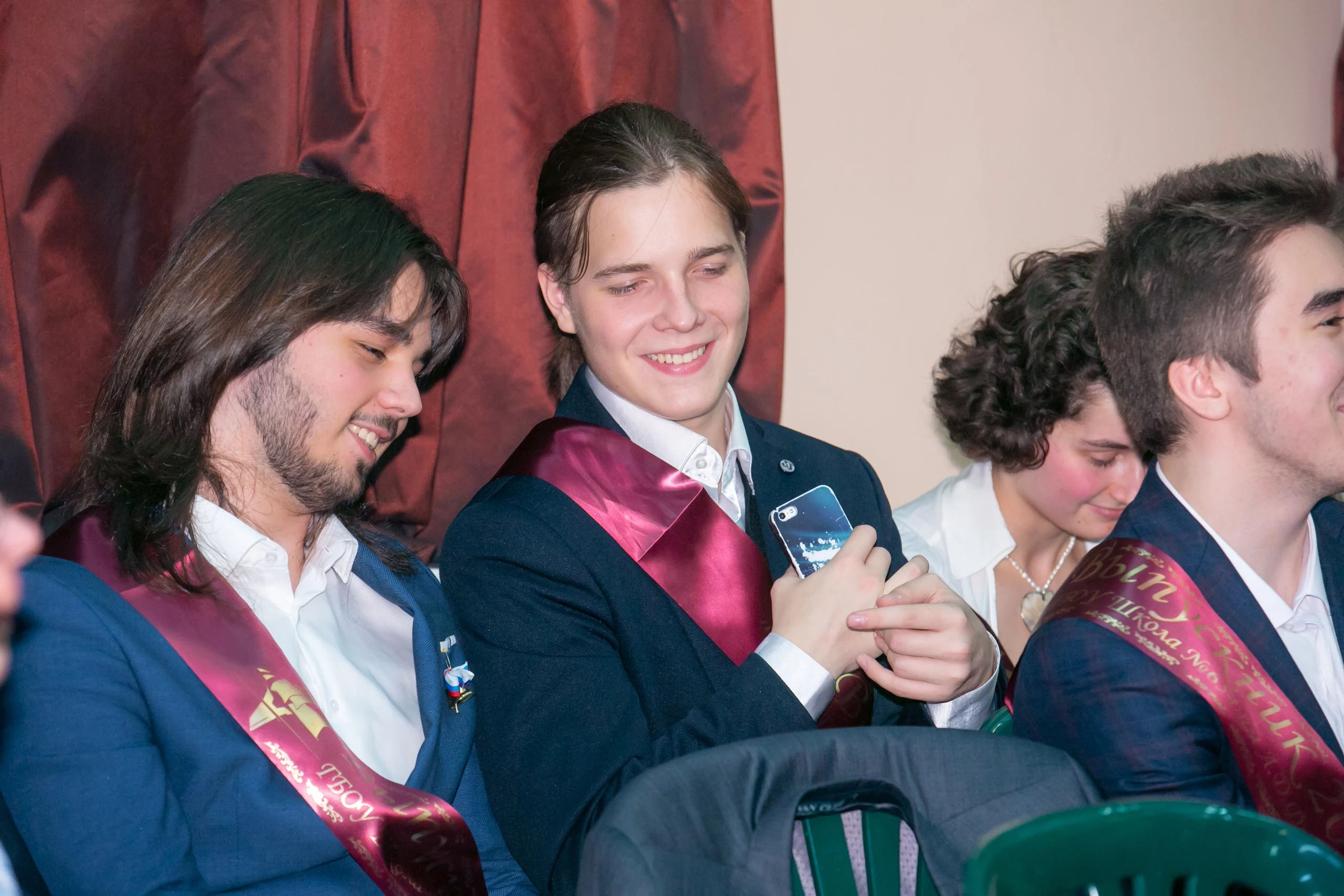Is the fascination with the grotesque and violent an inherent part of the human condition, or is it a product of our desensitized, modern world? The term "gorecenter" represents a complex phenomenon that has profoundly impacted modern culture, influencing everything from artistic expression to social media trends.
The concept of "gorecenter" encompasses the thematic and visual representation of graphic violence or gruesome elements found in various artistic expressions. It's a term that has gained traction in recent circles, and for good reason. Whether one approaches it as a point of academic interest or a matter of personal curiosity, understanding "gorecenter" can offer invaluable insight into the evolving landscape of our cultural dynamics. The content is often maintained by other users, and therefore, the quality and truthfulness of the information presented can vary greatly.
To further understand the nature and implications of "gorecenter," it's important to explore several facets of its influence. The following table provides a closer look at the key areas of impact:
| Area of Impact | Description | Examples/Notes |
|---|---|---|
| Artistic Expression | How gore and graphic violence are used in various art forms. | Horror films, extreme art installations, music videos with violent themes, literature. |
| Social Media Trends | The role of gore in content that goes viral online. | Viral videos of accidents, violence, and disturbing events; the role of shock value in generating clicks and shares. |
| Content Creation | Influence on how content is designed and created for various audiences. | The use of shock tactics to gain attention; the development of more graphic and violent content. |
| Psychological Impact | The effect of gore on the human mind and emotions. | Desensitization, the role of curiosity, the potential for psychological distress, and the role of extreme violence. |
| Legal and Ethical Considerations | Laws, policies and cultural guidelines that relate to the promotion and sharing of gore. | Pornography laws; the debate around freedom of speech; the issues of copyright. |
The origins of certain "gore" websites can be traced back to earlier platforms that have since become defunct. Goregrish, for example, was established in June 2008 under the name pwnographic.net before transitioning to goregrish.com in 2010. Its genesis may be traced back to shock websites like uncoverreality.com and ogrish.com (later rebranded as liveleak.com, and now redirecting to itemfix), which had many former members of those sites. This lineage reveals a long-standing interest in sharing shocking and disturbing visual content.
The legal ramifications of gore-related content are complex and vary depending on local laws. The specific regulations depend on where the viewer is located. This could easily fall under pornography laws, and as easily not! This highlights the need for caution and awareness about the nature of such content.
A particularly notorious example of online gore is the "Funky Town" video. This video, which has circulated widely on the internet, depicts the brutal torture of a man by members of a Mexican drug cartel. Such content is incredibly disturbing and presents a stark example of the most extreme forms of violence that can be found online. These examples highlight the darker aspects associated with such content.
The prevalence of such content raises ethical questions about responsibility and censorship. Gorecenter, while not promoting or encouraging violence, exists as a platform where graphic content can be shared. This highlights the importance of understanding the potential psychological impacts on viewers. Some individuals may be driven by curiosity; others may have more complex motivations.
While some platforms aim to offer services, the quality and safety of these platforms are always under review. Gorecenter.com is sometimes described as a trusted and safe website with an excellent safety score, recommended for a wide range of services. However, others may report different experiences, particularly regarding the potential for exposure to illegal content.
The Dyatlov Pass incident, which occurred in the winter of 1959, is one of history's greatest unsolved mysteries. Nine experienced hikers led by Igor Dyatlov, embarked on a challenging winter trek in the Ural Mountains. The details of their demise have never been fully understood. The conditions under which they died and the various theories proposed over the years have contributed to an unsettling fascination. This has led to discussions about the unknown, the power of nature, and the limits of human understanding.
The world of "gore" includes videos depicting real brutal executions, suicides, and horrible accidents. Content of this nature is often shocking. It is crucial to understand the nature of such websites and consider the potential psychological impacts of viewing this kind of content.
Collaborations with major brands in 2016 solidified the place of "gorecenter" in the mainstream. This indicates the evolving role it plays in the modern cultural dynamics. The cultural influence of "gorecenter" is shaping modern content creation, which suggests the importance of understanding the ways in which this impacts audiences.
The anonymity offered online can make it difficult to track down those who create and disseminate violent content. This lack of accountability further complicates the task of mitigating the dangers associated with gore and extreme content. The content is maintained by other users, and Gorecenter cannot guarantee its quality or truthfulness.
Many of the sites often host user-generated comments, which are not censored. These opinions may not align with those of the website itself. Therefore, it's necessary to consider content with extreme caution, bearing in mind the potential for disinformation and the expression of harmful views. Gorecenter has zero tolerance for child pornography. However, the user is responsible for what they encounter online. When viewing content of this nature, the onus is always on the individual to exercise critical judgment and consider the legal and ethical boundaries.
In the context of this exploration, one must question the motivations that drive individuals to create and share graphic and disturbing content. Is it a desire to shock, to titillate, or to simply document violence? Or is it a reflection of a deeper cultural trend? In particular, the user is responsible for what they encounter online.
Ultimately, the study of gorecenter provides a lens through which to examine the darkest facets of the human experience. Understanding the implications is essential for comprehending its crucial role in contemporary culture. The discussions about such topics are often challenging, and the answers remain elusive.
In summation, the term "gorecenter" and related concepts present a complex and multifaceted aspect of modern culture. From artistic expression to social media trends, to the very laws that seek to regulate their spread, the influence is felt across many areas. The responsibility is on the individual to approach content with critical judgment, taking into account ethical, legal, and psychological implications, and this in the interest of personal safety and well being.


